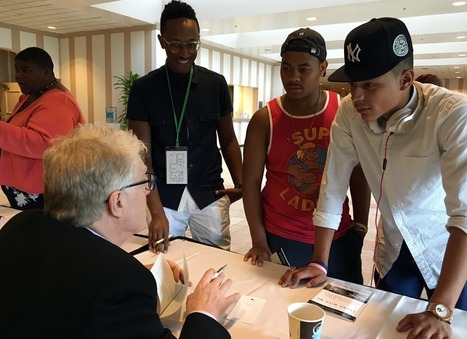Imagine you were asked to invent something new. It could be whatever you want, made from anything you choose, in any shape or size. That kind of creative freedom sounds so liberating, doesn’t it? Or ... does it? if you're like most people you’d probably be paralyzed by this task. Why? Brandon Rodriguez explains how creative constraints actually help drive discovery and innovation.
Via iPamba



 Your new post is loading...
Your new post is loading...













